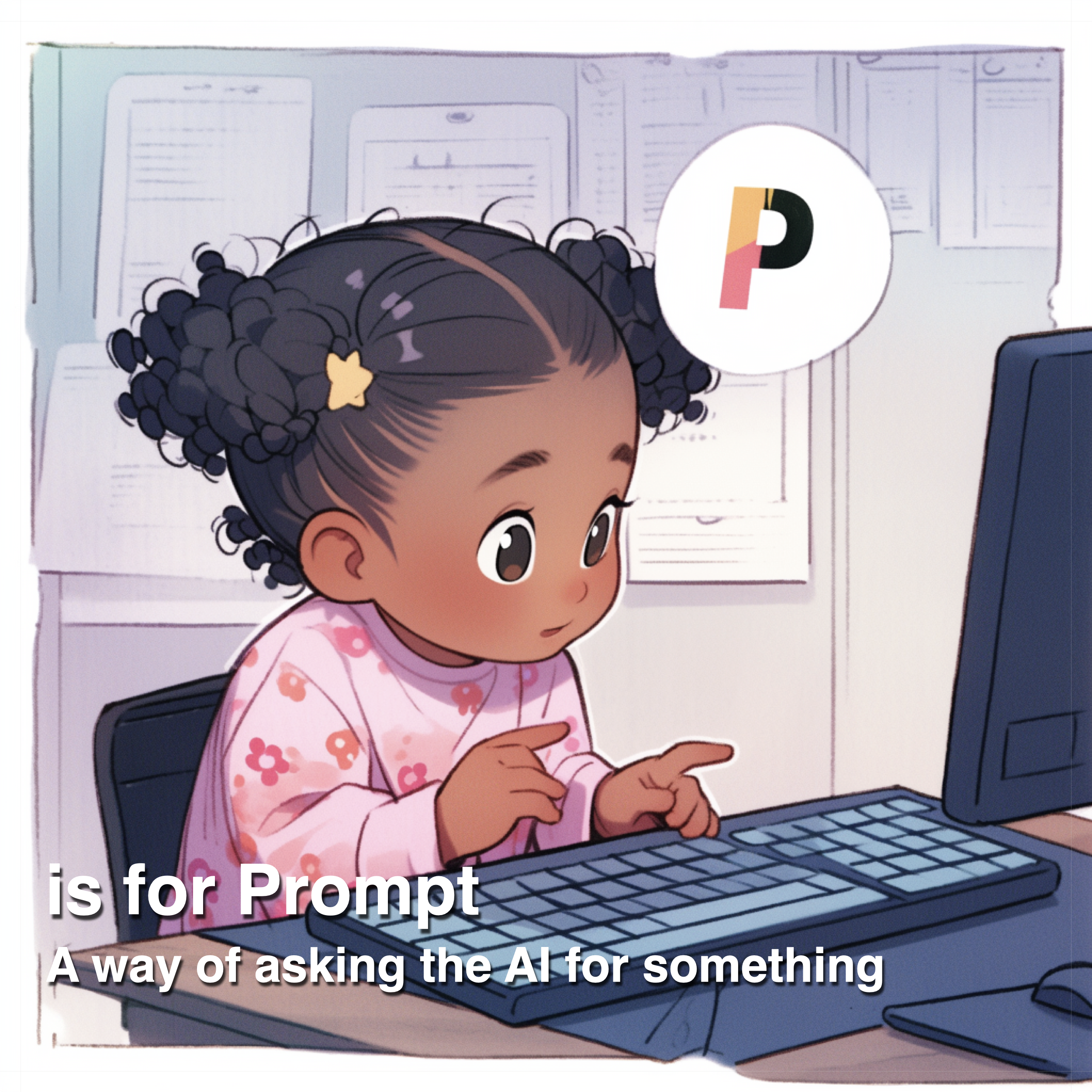Raising kids in a world where multiple languages intertwine with crucial areas like Science, Technology, Engineering, Arts, Mathematics (STEAM), Emotional Intelligence (EQ), and literacy, is not just rewarding but a significant responsibility for any parent. If you’re aiming to help your children navigate this multilingual landscape while excelling in these essential fields, here are five key tips to consider:

- Begin Early and Immerse Them: The path to multilingualism is best started in the early years. Kids at this age have an astonishing ability to soak up sounds, rhythms, and patterns of languages. From the start, immerse them in different languages – talk to them, read bilingual books, play songs in various languages. This early immersion sets a solid foundation for language acquisition and helps them switch between languages effortlessly.
Josie and Frankie expect to watch a number of their favourite cartoons in Cantonese only, which caused a bit of whining when we first started doing it; but now we notice them using key repeated words from shows and films that they love. - Be a Role Model of Curiosity: Remember, children learn by watching you. If you demonstrate a keen interest in learning – be it about the latest in technology, a new scientific discovery, or an intriguing art form – your children are likely to follow suit. Share your learning experiences with them, show excitement in your discoveries, and they’ll likely develop a similar passion for knowledge.
I often ask them both what they learned at school today; and share with them things that I am learning. My wife Jennifer and I try our best to emphasise how we fail and try again at things too. - Use Open-Ended Questions to Enhance Learning: It’s important to encourage your kids to think independently and use their language skills to express themselves. When they’re learning something new, ask them open-ended questions that require more than a yes or no answer. This approach fosters critical thinking and problem-solving, crucial aspects of STEAM education, and helps them to articulate thoughts in multiple languages.
Josie is big on the why question. I often give her detailed answers, using simple as possible words; but giving lots of nuanced detail. Conversely, when she is working on a piece of art, I’ll ask her things like – why did you choose that colour? Can you tell me more about this part of the drawing? - Integrate Languages into Daily Life: Make language learning a part of your daily routine. Whether it’s mealtime, playtime, or bedtime, use these opportunities to introduce and repeat phrases in different languages. This constant exposure helps them pick up vocabulary and grammar naturally, making the learning process seamless and effective.
I’ve gotten better at doing it over the years, and thus Frankie (our younger) is more immersed in it – I will repeat the same sentence twice in both languages, to emphasise congruence between words, or where something is particularly hard to pronounce. Often, when it comes to food-related items, the kids are more than happy to ask for a food item in Cantonese! - Highlight the Cool Aspects of Being Multilingual: Kids will be more inclined to learn languages if they see them as valuable and interesting. Share stories about how knowing multiple languages has benefited you or others. Introduce them to role models who are successful in STEAM fields and multilingual. Attend cultural festivals, watch films in different languages, and celebrate international holidays to make the experience fun and engaging.
Our children seem to enjoy the intimacy of a shared language just between us. They also delight when they can understand a grandparent or a character on screen. Mulan gets a lot of playtime in our house; and Josie identifies strongly with her.

In summary, fostering a multilingual environment for your children, while also nurturing their growth in STEAM, EQ, and literacy, is a multifaceted endeavour. Starting early with immersion, setting an example of curiosity, encouraging independent thinking, incorporating language learning into everyday life, and making multilingualism appealing, are key strategies towards achieving this goal. As a parent, your commitment to this approach can open a world of opportunities for your children, equipping them to thrive in a culturally rich and diverse global community.




